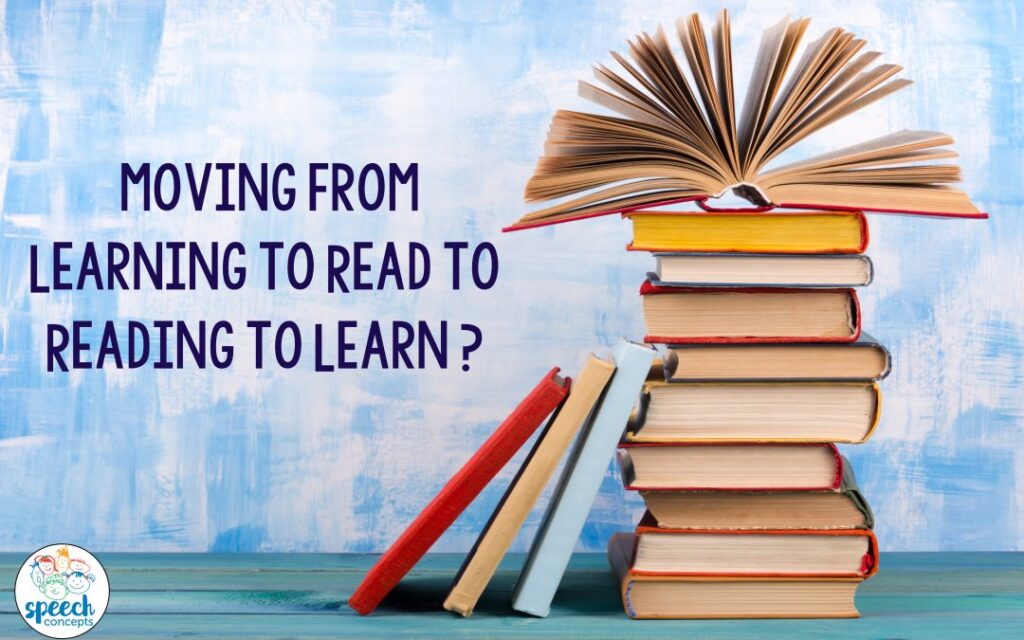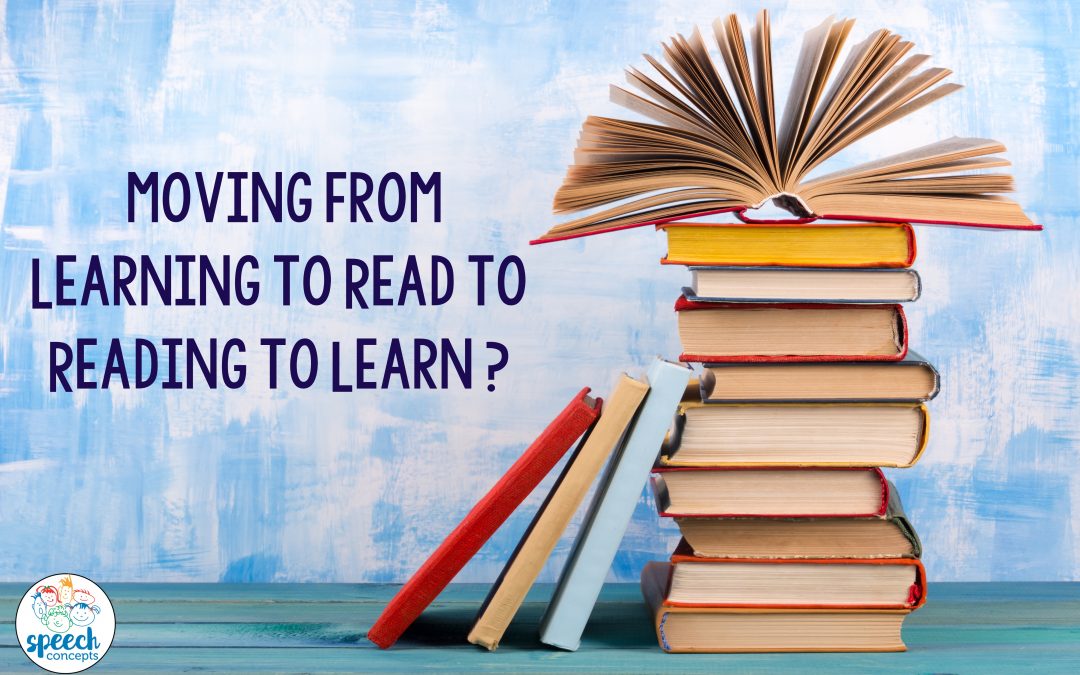
First of all you’re probably interested in the question: “Will I be able to read War and Peace in 20 minutes?” At the end of the article we will answer it, but for now we will only say that you can really increase your reading speed.
To do that, you must first get rid of the most common bad habit when reading – regression. Regressions are eye movements that return to words, lines and paragraphs you’ve already read.
There are two reasons why people go back to the text they’ve already read. The first is to literally reread what they have just read. For example, a person has read a sentence that is complex and full of meaning and wants to grasp the thought expressed in it well. Then he not only reads the sentence, but sometimes talks about it. And that’s right!
But often we reread the sentences, even if we have already understood their meaning. And it’s a bad habit to get rid of. First of all, perhaps you have not missed anything, and just have not understood a certain point, which will be explained in the future narrative. Secondly, if you really missed something, come back, not right away, but when you finish a chapter or another semantic section.
The second reason for regression is inattention. Very often during reading, we do not notice how distracted we are by our thoughts, and our eyes continue to move mechanically through the text. When we wake up, we go back a few lines and reread what has passed by. Read more information on this site https://argoprep.com/blog/learning-to-read/
So to read faster, we need to work on attention. There are simple exercises for this: for example, you can follow the second hand – try to sit down and watch its movement carefully for 5 minutes. Most likely, after a minute you will be distracted by your thoughts. Once you have caught yourself doing this, pay attention to the hand again. Do this exercise once a day to pump the attention skill.
Earlier, the eye movement was mentioned. Do you know how our eyes move when we read? Their movement can be conventionally divided into two phases: jumps and fixations. During the jump there is no perception of information – the eyes just change their fixation point, but during fixation the most important thing happens – the direct reading. That is, the less our eyes move during reading, the more we can read, surprisingly enough.
Therefore, for faster reading you need to have a wide enough field of view. Perhaps the best exercise for widening the field of vision is working with Shulte’s tables. These are tables 5×5, in the cells of which – numbers from 1 to 25.

First fix your gaze in the center of the table and try to see the numbers in the corners of the table simultaneously with the central number. Then it is necessary to find numbers from 1 to 25 in turn, without taking your eyes off the center. After working with them for a few days, you will notice how you start to cover more and more words with your eyes down to the whole line.
And why are we reading something at all? Perhaps this question should be asked to yourself every time you’re going to read something. The obvious answer is that in order to extract something useful for yourself. Extract – that is to learn and remember. So it’s necessary to develop memory.
There are many ways to do that. For example, you can memorize in a short time, say 20 seconds, 10 words. Just do not try to do it mechanically! Try the Cicero method when words are associated with pieces of furniture in a room that you know well. Or try tying words together in an absurd story. For example, you have to remember 4 words: boy, piano, forty, ship. You can remember them as follows: a boy ate a piano, then he saw a forty and launched a ship into it.
How do you highlight the important thing in the text and throw away the secondary thing? There are algorithms for working with texts. For example, you can select four blocks in the texts you read: problem, facts, criticism (what you agree or disagree with), novelty (for you personally). A more interesting algorithm is to highlight key words in the text, then squeeze them into several sentences reflecting the main thoughts of the text, and finally, to express the meaning of the whole text in one sentence.
It was written above that complex sentences filled with meaning are not only possible, but also necessary to speak. Speaking is useful for children who are just learning to read and are not yet strong in it. But the problem is that diction or articulation remains in adulthood, and then it starts to interfere. Even if we think we are only reading with our eyes and are not saying anything, that is probably not the case. Our speech organs make invisible movements during reading, which slows us down by “tying” our reading to our speech. To get rid of this, try reading aloud from 1 to 10 and back. A simpler option is to tap a pencil on the table with a special rhythm while reading.
I also have to share with you the methodology of reading books with great redundancy. These are the books where the same idea is repeated in different hypostases throughout the narrative – for example, all sorts of motivation books on leadership and self-development. They can be read very quickly without losing their usefulness and pleasure. It takes 10-15 seconds per page to catch the main thoughts, and then you only have to look for their continuation on the next pages, which also takes 10-15 seconds. Yes, you will miss a lot of words, but the meaning will not slip away from you. You can even make an interesting experiment: first read a book like this in “storm” mode, and then reread it the way you usually do. You will be surprised to find out that the second reading was unnecessary and you have caught everything from the first time.
Finally, back to where you started. Can you read War and Peace in 20 minutes? Woody Allen gave an excellent answer to that question: “I took a quick reading course and read War and Peace in 20 minutes. It’s about Russia.” Of course, that’s impossible. In speed reading it is about reading 400 or even 500-600 words per minute instead of 200 and better perceive and remember information, which will give a powerful impetus to your development.


